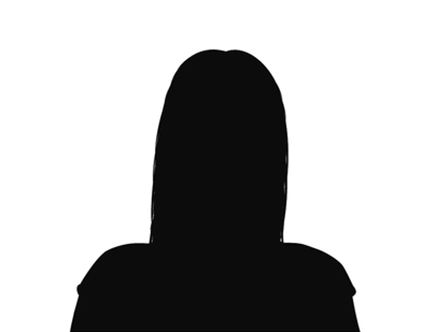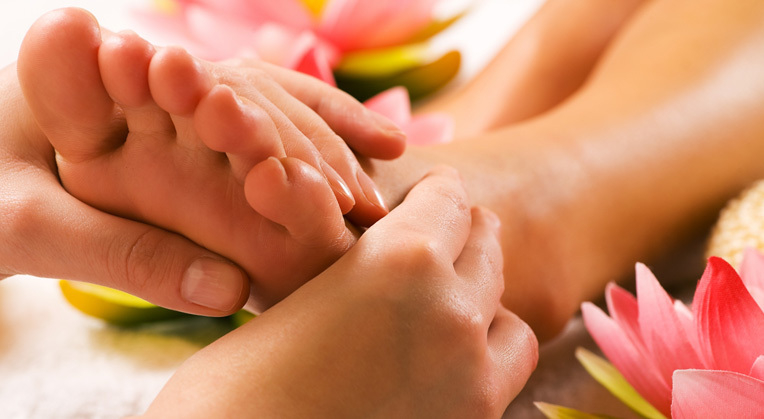Reflexology applies pressure to a range of particular points on your hands and feet that correspond with all the organs, glands, tissues and muscles in your body. This helps improve circulation of blood, oxygen and 'qi' around the body, relieving stress and healing pain in other parts of the body.
We are all familiar with the classic 'knee-jerk' response - the doctor taps the patient below the knee, and his lower leg bounces up into the air - if you do something to one part of the body you can cause a reaction in another part.
Reflexology applies this response to the whole body. By applying pressure to points on your feet and hands, you can treat and heal problems elsewhere in the body.
Reflexology is based on similar principles to acupuncture, acupressure and some types of complementary massage therapy - that our bodies are mapped by channels of energy, or "qi" (pronounced "chee'); we feel pain, or generally unwell, when the flow of that energy is blocked in some way. By putting pressure on one part of these channels, the reflexologist sends an impulse or message all the way along it, which removes blockages and encourages the energy to flow freely again.
The effects of reflexology massage help bring us back into good health and a sense of balance and well-being and wellness - stimulating our body's own healing responses.
Many people go to see a reflexologist as they might go for a massage: to help with their general health, and to make them feel relaxed and calm. But because it is such a comprehensive treatment, a reflexology session can help you in many other ways, with anything from a trapped nerve to depression.
Reflexology is recommended by doctors for a variety of conditions, including:
It doesn't really matter what you wear when you go for reflexology, as they will focus mainly on the reflexology points on your feet, and then hands. Out of courtesy and kindness of course, it is a good idea to make sure that your feet are clean and fragrant!
You should always let your trained reflexologist know:
as this may affect the type of treatment you can have.
Reflexology is not a foot massage. The reflexologist may massage your feet a little to relax you before they start, but foot reflexology itself is about applying firm pressure to specific pressure points on the foot.
The technique can feel a bit odd at first; it can also be a bit overwhelming. Imagine a pain you have had for years in your shoulder melting away in seconds as someone puts pressure on the ball of your foot! Tension can be released, and pain dissolved, very quickly.
A reflexology treatment session usually lasts for about an hour. You will probably get a lot out of a single session but you may want to have several more.
You are likely to feel very relaxed after a reflexology session; you may feel like having a snooze or a long bath, and luxuriating in the feeling a bit longer. On the other hand, depending on your treatment, you may feel really energised. Some people even feel tearful afterwards, just from the release of tension.
Your reaction is not always predictable but the likelihood is that you'll feel much better when you come out than you did when you went in. As with other treatments, it's a good idea to arrange a session when there aren't too many demands on you afterwards. You may not do a good impression of caring about this year's sales targets if you are rocking backwards and forwards on your office chair, singing gently to yourself.
It's better to have a reflexology session when you have time off, or at the end of the day, if you can.
There are many types of reflexology. The common types of reflexology are:

Stylish Spy
19th May 2014
Spy Likes:
Minimalist lines; organic products; facial massage; tranquillity; interesting people-watching.
Spy Dislikes:
Discarded towels on loungers; steam rooms that aren't steamy; mobile phones.
